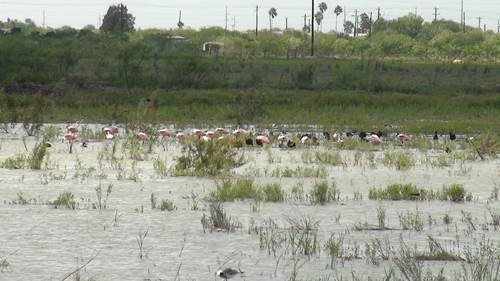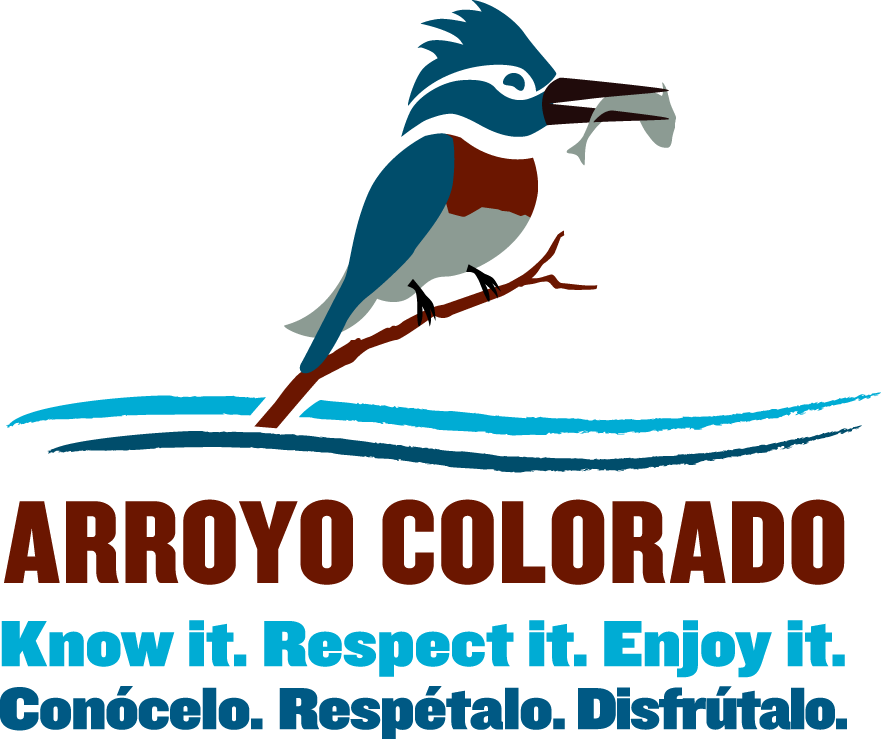Habitat Restoration Work Group
Habitat Restoration Work Group

Habitat preservation and restoration is a primary concern for Arroyo Colorado stakeholders. The Habitat Restoration Work Group was established to protect the remaining natural habitats in the watershed. A well-functioning ecosystem provides pollutant filtration, landscape stability and stormwater mitigation, especially in riparian areas. While the Arroyo Colorado watershed is a highly modified watershed, low impact development (LID) practices and filter strips can minimize environmental impacts where development or land clearing is necessary. The original watershed protection plan specified a multifaceted strategy that involved wetland construction, conservation and restoration of existing riparian and wetland habitats, preservation of natural areas and reduction of channel and stream bank erosion.
Original action items included:
- Action 1 - Support ongoing efforts of federal, state and local agencies and other organizations to implement terrestrial habitat conservation objectives in the Arroyo Colorado watershed through partnerships and funding.
- Action 2 - Protect and restore existing riparian areas, resacas and freshwater wetlands.
- Action 3 - Work with drainage districts to modify drainage ditches and maintenance practices to reduce channel and stream bank erosion.
- Action 4 - Participate with International Boundary Water Commission (IBWC) during development of Arroyo Colorado maintenance and new work projects. Representatives of the Partnership could serve in advisory capacities to assist in the development of pilot channel configurations with banks that are less steep and that can support vegetation such as riparian woodland plants or native prairie grasses.
- Action 5 - Develop partnerships with the IBWC, drainage districts and private landowners to implement blank/slope stabilization projects in hot spots along the Arroyo Colorado or in drainages within the watershed.
- Action 6 - Implement projects that detain stormwater runoff, reduce sediment load and reduce runoff volume and velocity in drainage ditches and in the Arroyo Colorado.
- Action 7 - Support ongoing and increased use of vegetated filter strips around agricultural production and urban development areas to slow stormwater runoff from these areas.
- Action 8 - Implement stormwater wetland systems in urban developments, redevelopments and agricultural production areas to reduce nonpoint source (NPS) pollutant loading to the Arroyo Colorado.
- Action 9 - Build constructed wetlands for tertiary treatment of waste streams from individual wastewater treatment facilities (WWTFs) and/or for polishing flows from multiple WWTFs in close proximity with habitat features when feasible.
- Action 10 - Construct large off-channel treatment wetlands that treat flows from multiple sources, including WWTFs and NPS runoff from urban and agricultural areas.
The Partnership will continue to implement these action items. Actions one and two are particularly important. Acquiring conservation easements through the purchase or donation of development rights within the Arroyo Colorado watershed, especially riparian areas, can protect sensitive areas of the watershed from development. Easements allow landowners to retain ownership of their land while agreeing to leave it in its natural state for perpetuity. Conservation easements do not imply nor provide for public access to these lands. A conservation organization or public entity can also purchase and manage land for its protection.
Agencies and organizations that assist with acquiring conservation easements include:
- U.S. Fish and Wildlife Service’s Lower Rio Grande Valley Wildlife Refuge: Cameron, Hidalgo and Willacy counties
- Texas Parks and Wildlife Department Private Lands Enhancement and Landowner Incentive Program
- Valley Land Fund
- Nature Conservancy
- Natural Resources Conservation Service via the Farm and Ranch Lands Protection Program
